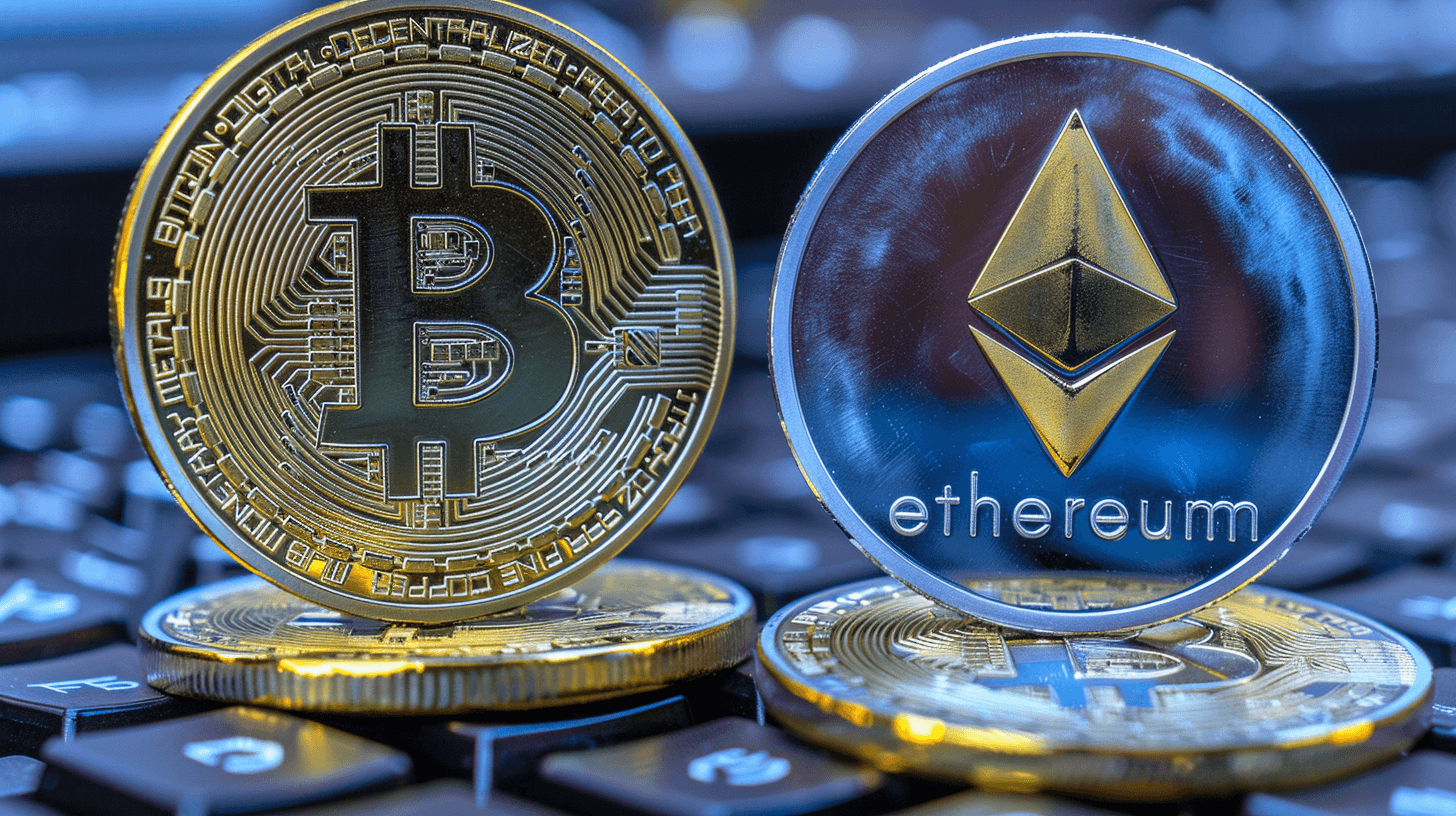When Clean Energy Meets Digital Ownership: A New Model Emerges

The transition to sustainable energy and the rise of the blockchain are two of the most transformative forces of our time. The world is racing to decarbonize and secure cleaner sources of power, while decentralized digital systems are redefining value, trust, and ownership. Together, these movements are reshaping the foundations of the global economy. As nations, corporations, and communities search for new ways to finance and manage the energy transition, blockchain-based tokenization offers a model for participation that is transparent, inclusive, and globally accessible.
The Emergence of Tokenized Platforms
Unlike capital-intensive traditional investing, where participation and information are restricted, tokenized platforms offer something fundamentally different: transparent governance, community participation, and dramatically lower barriers to entry. In this model, sustainable energy production becomes a participatory activity supported by digital tools.
The blockchain provides verifiable ownership and facilitates collective decision-making at an unprecedented scale. These capabilities transform industrial commodity energy production into a token-holder-controlled resource. Tokenization allows individuals to hold fractional, verifiable interests in real-world energy assets and to take part in decisions that were once the domain of large corporations or institutional investors.
Sustainable Digital Assets (SDA) uses utility tokens to democratize access to sustainable energy development. By merging the growing momentum of the renewable energy sector with the structural advantages of decentralized finance, SDA seeks to redefine sustainable energy production and ownership. In essence, it bridges two expanding markets that are rapidly becoming essential pillars of modern civilization.
SDA sees this vision as not a speculative future, but an inevitable evolution with energy systems being tokenized. Participating in these ecosystems early means helping define how sustainability, inclusion, and economic growth will align in tomorrow’s green economy.
From Utility to Ownership: A Phased Evolution
The digital infrastructure will evolve in stages, mirroring the physical projects it funds. This journey begins with the utility tokens, which grant access to platform features, governance tools, and project data. As tangible infrastructure comes online, the project will progress to a regulated security, which is crucial to legally distribute profits to the token holders.
This phased design resolves a fundamental tension in tokenized offerings. Early-stage initiatives require community formation, regulatory clarity, and market validation before large-scale capital deployment. Utility tokens provide that foundation to foster engaged communities, test governance frameworks, and establish early market presence while operating within regulatory boundaries designed for non-security digital assets.
At the heart of SDA’s model lies the SDA Token, built on Solana’s SPL Token-2022 standard. It functions as a digital access key, enabling participation in platform governance, community proposals, and non-financial decisions. The first step toward transparent and participatory ownership.
The European Union’s Markets in Crypto-Assets (MiCA) regulation has helped clarify this phased model by distinguishing between utility and asset-referenced tokens. MiCA creates a regulatory pathway for projects to start as utility-driven ecosystems and, once infrastructure is ready, transition into fully compliant securities. Under such frameworks, early participants may later convert their holdings into equity-backed positions, thus bridging liquidity and ownership.
From Digital Foundations to Real-World Assets
The key distinction between serious undertakings and speculative ventures lies in the ability to evolve from digital platform to physical infrastructure. In SDA’s architecture, the utility phase is preparation for the profit distribution from tangible assets. Phase 1 establishes the digital and legal groundwork and Phase 2 brings it into the physical world through tokenized Real-World Assets (RWA).
Token proceeds, combined with conventional project-finance debt, fund the construction of renewable installations far larger than token sales alone could support. Each project is represented and managed on-chain, providing verifiable, on-chain transparency. The focus is not token enthusiasm but viable projects that generate predictable revenue streams.
By integrating RWA tokenization with sustainable-energy infrastructure, SDA situates itself at the frontier of a fast-growing trend in both finance and technology. Real-world asset tokenization is widely expected to redefine global capital markets and the ownership of these assets.
Governance as Foundation, Not Afterthought
What sets tokenized energy platforms apart from traditional financing is governance. From the start, token holders help shape priorities, choosing which technologies to prioritize, and deciding how community benefits are distributed. The blockchain ensures that voting results and resource allocations are transparent and verifiable.
Early governance is critical as it establishes the values and norms that guide later infrastructure development. Structured proposals and on-chain voting foster accountability without replacing professional management. Voting occurs on-chain, enabling every token holder to verify results and hold the team accountable to execute the approved plan. As the token evolves from utility to security stages, governance expands to include higher-order decisions: capital allocation, board representation, and policies for distributing energy revenues. The community formed during the early phase becomes the ownership base for the mature infrastructure.
Managing Risk in a Complex Ecosystem
Like all financial innovation, tokenized energy platforms face multifaceted risks: technological, market, regulatory, and operational. Smart contract vulnerabilities, liquidity attacks, or construction slippage can challenge progress. Governance risk also looms: low participation could concentrate power, while unclear transitions between token types could create legal uncertainty.
Addressing these challenges requires professional management, clear regulation, and transparent governance. Regulatory clarity under frameworks such as MiCA and MiFID II ensures that tokenized infrastructure can operate with the same level of confidence as traditional financial instruments.
The Broader Trajectory
Tokenized ownership models are poised to redefine how major infrastructure is financed and governed. If decentralized systems can effectively support large-scale renewable projects, the same principles could soon extend to transportation, water systems, or other global assets.
To meet global climate goals, renewable energy capacity must triple by 2030. Traditional financing cannot alone mobilize the breadth of participation required. Tokenized systems, which enable fractional ownership, reduce transaction friction and reward transparency, could significantly accelerate capital deployment while being better for the investor.
Participation in the Tokenized Future of Sustainable Energy
Sustainable Digital Assets (SDA) embodies this new reality. By merging digital innovation with sustainable real-world energy assets, SDA is constructing an ecosystem where clean energy becomes both a shared resource and a shared opportunity. The initiative enables our community to own the future of sustainable energy, where production and prosperity are distributed rather than concentrated.
As the boundary between the physical and digital economies continues to blur, projects like SDA illustrate a new direction: one in which every kilowatt generated and every token issued contributes to a world that is more sustainable, transparent, and inclusive. Participation is more than an investment, it’s being part of the future of energy production.
Through the integration of renewable energy, blockchain technology, and collective governance, Sustainable Digital Assets is not just doing energy production differently – it’s doing it better, smarter, with lower overhead and ultimately more profitably.
Earnings Disclaimer: The information you’ll find in this article is for educational purpose only. We make no promise or guarantee of income or earnings. You have to do some work, use your best judgement and perform due diligence before using the information in this article. Your success is still up to you. Nothing in this article is intended to be professional, legal, financial and/or accounting advice. Always seek competent advice from professionals in these matters. If you break the city or other local laws, we will not be held liable for any damages you incur.
The post When Clean Energy Meets Digital Ownership: A New Model Emerges appeared first on Platinum Crypto Academy.
You May Also Like

Exploring the Potential of Mutuum Finance (MUTM) in the DeFi Landscape
